Diglycidyl ether
Bis(2,3-epoxypropyl)ether ; 2,2'-[Oxybis(methylene)]bisoxirane ; 2-(Oxiran-2-ylmethoxymethyl)oxirane ; 2-(Glycidoxymethyl)oxirane

Für weitere Informationen oder eine Anfrage senden Sie uns bitte eine E-Mail oder nutzen Sie unser Kontaktformular
Regulatorische Informationen
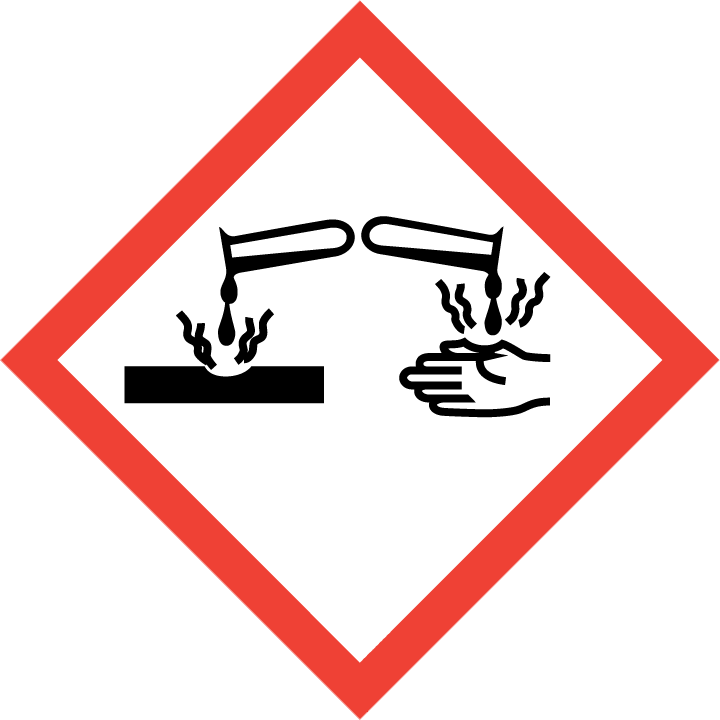
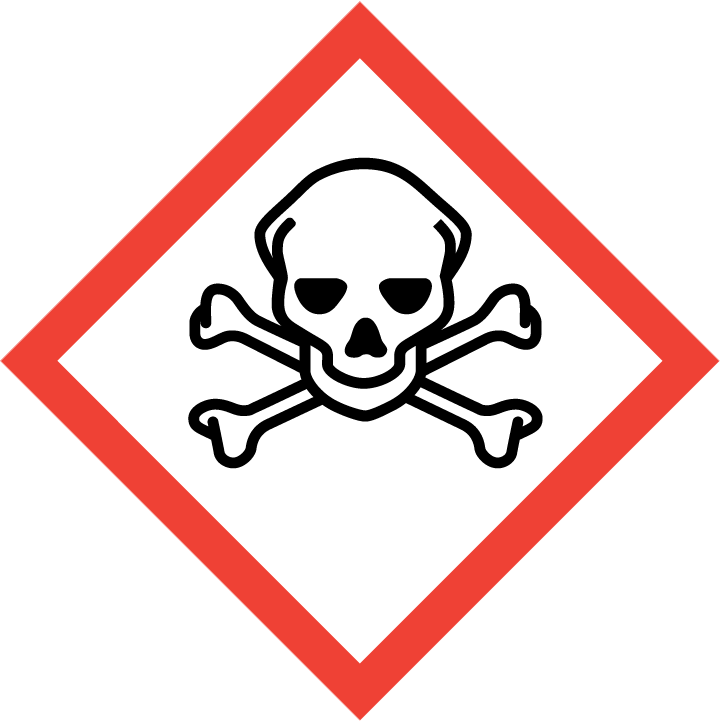
H302 – Gesundheitsschädlich bei Verschlucken.
H312 – Gesundheitsschädlich bei Hautkontakt.
H314 – Verursacht schwere Verätzungen der Haut und schwere Augenschäden.
H330 – Lebensgefahr bei Einatmen.
P280 – Schutzhandschuhe/Schutzkleidung/Augenschutz/Gesichtsschutz tragen.
P310 – Sofort GIFTINFORMATIONSZENTRUM oder Arzt anrufen.
P301+330+331 – BEI VERSCHLUCKEN: Mund ausspülen. KEIN Erbrechen herbeiführen.
P302+352 – BEI KONTAKT MIT DER HAUT: Mit viel Wasser und Seife waschen.
P304+340 – BEI EINATMEN: An die frische Luft bringen und in einer Position ruhigstellen, die das Atmen erleichtert.
P305+351+338 – BEI KONTAKT MIT DEN AUGEN: Einige Minuten lang behutsam mit Wasser spülen. Vorhandene Kontaktlinsen nach Möglichkeit entfernen. Weiter spülen.
Produktkategorisierung
Beschreibung
Diglycidyl ether ist eine nützliche chemische Verbindung mit vielfältigen Forschungsanwendungen. Wir freuen uns, qualitativ hochwertige Diglycidyl ether in verschiedenen Größen (für Forschungs-, Pilotmaßstabs- oder Produktionsanwendungen) von Milligramm- bis Multi-Kilogramm-Chargen anbieten zu können, sodass Sie ganz einfach die richtige Menge für Ihre Bedürfnisse auswählen können.
Vollständige Beschreibung anzeigenGeneral description of Diglycidyl ether:
Application of Diglycidyl ether:
It is used as a reactive diluent for epoxy resin, as a chemical intermediate, stabilizer of chlorinated organic compounds and as a textile-treating agent. Considering this class of compounds, there are several commercially substances available with much lower toxicity profile, such as Bisphenol A diglycidyl ether.[4]Product categorization (Chemical groups):
Main category: Second level: Third level: ______________________________________________________________________________________Ähnliche Produkte
| Produktname | Struktur | CAS-Nr. | G-Code | |
|---|---|---|---|---|
| Neu | 5-Acetyl-2-amino-4-(4-methoxyphenyl)-6-methyl-4H-pyran-3-carbonitrile | 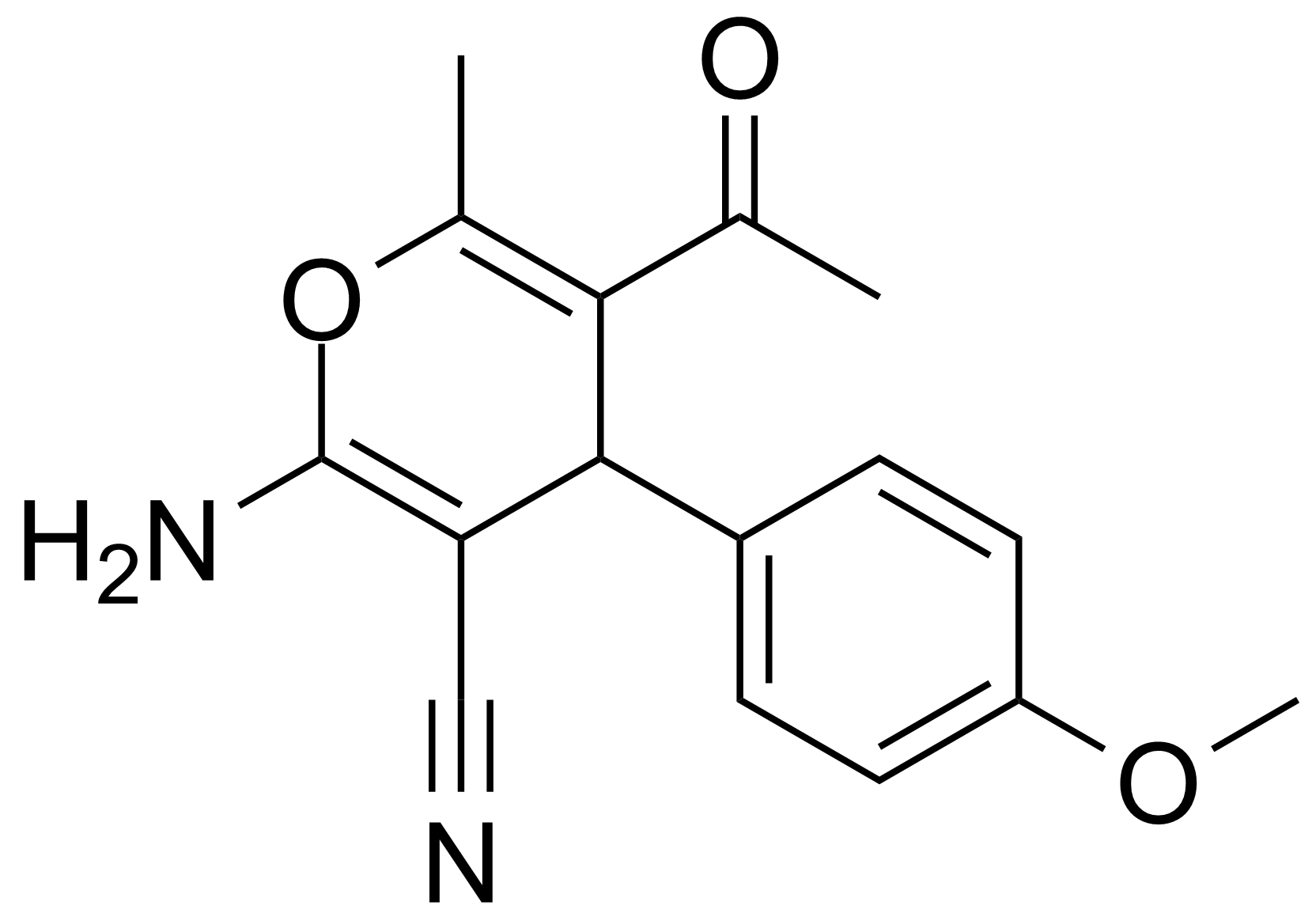 | [105263-07-8] | GEO-00017 |
| Neu | 2-(Allyloxy)phenol |  | [1126-20-1] | GEO-04471 |
| Neu | 4-Allyloxy 2,2,6,6-tetramethylpiperidine | 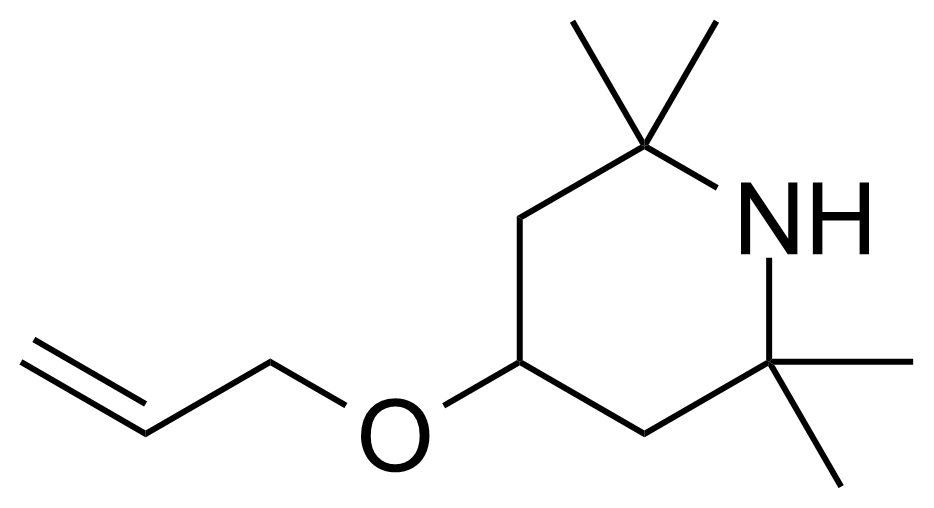 | [43224-75-5] | GEO-03985 |
| Neu | 4-Amino-3-methoxybenzoic acid | 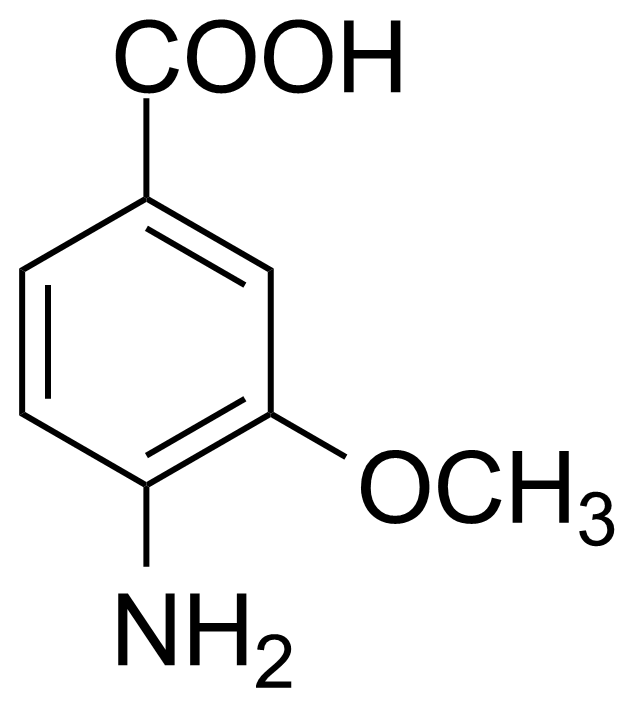 | [2486-69-3] | GEO-00154 |
| Neu | 2-Amino-4-methoxyphenol |  | [20734-76-3] | GEO-03978 |
| Neu | 1,5-Anhydro-3,4,6-tri-O-benzyl-2-deoxy-D-arabinohex-1-enitol | 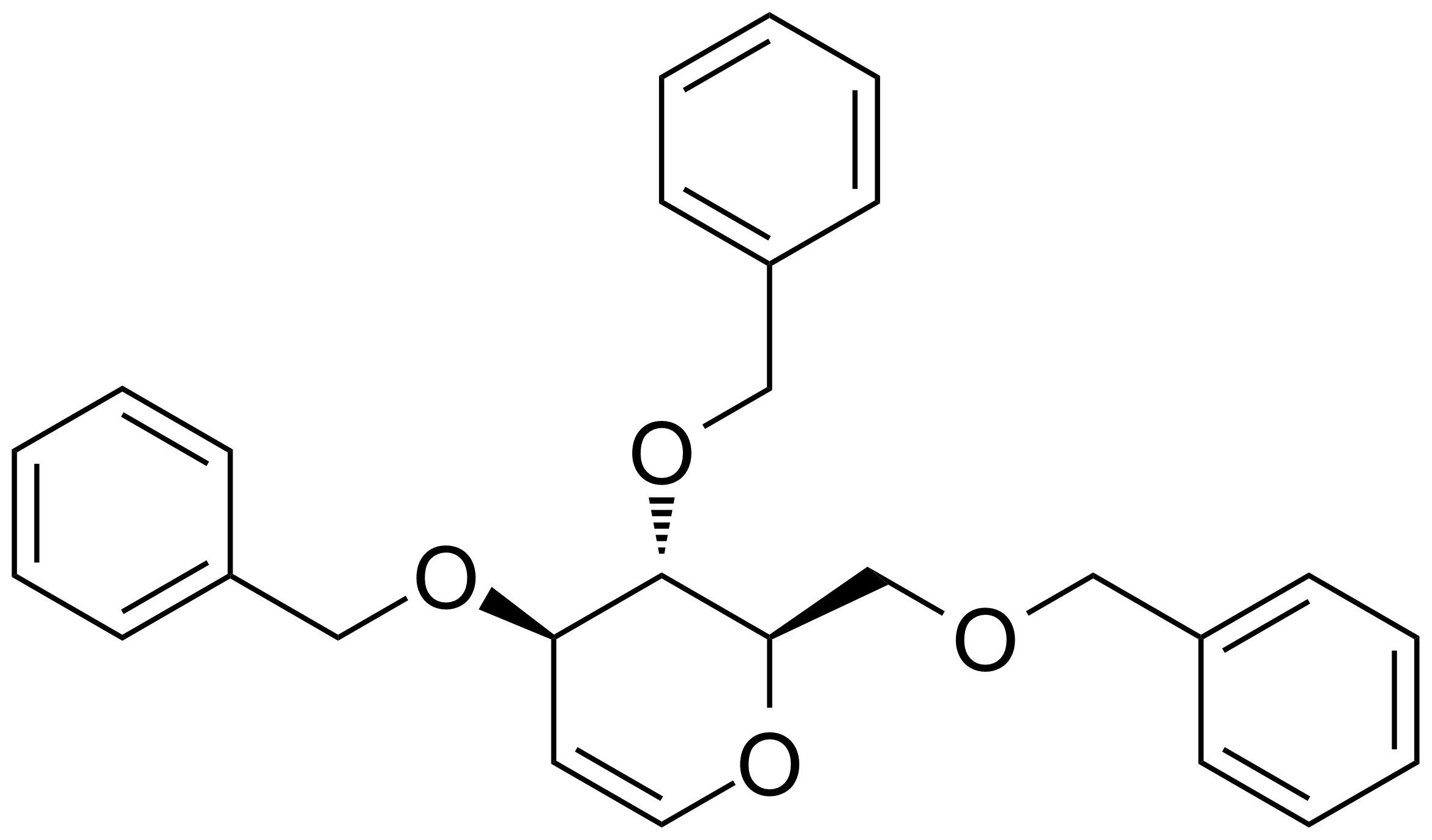 | [55628-54-1] | GEO-00234 |
| Neu | (R,S)-Atenolol |  | [29122-68-7] | GEO-03413 |
| Neu | (R)-(+)-Atenolol |  | [56715-13-0] | GEO-02767 |
| Neu | (S)-(-)-Atenolol |  | [93379-54-5] | GEO-02804 |
| Neu | 4-(2-(Benzofuran-2-yl)quinolin-4-yl)morpholine | 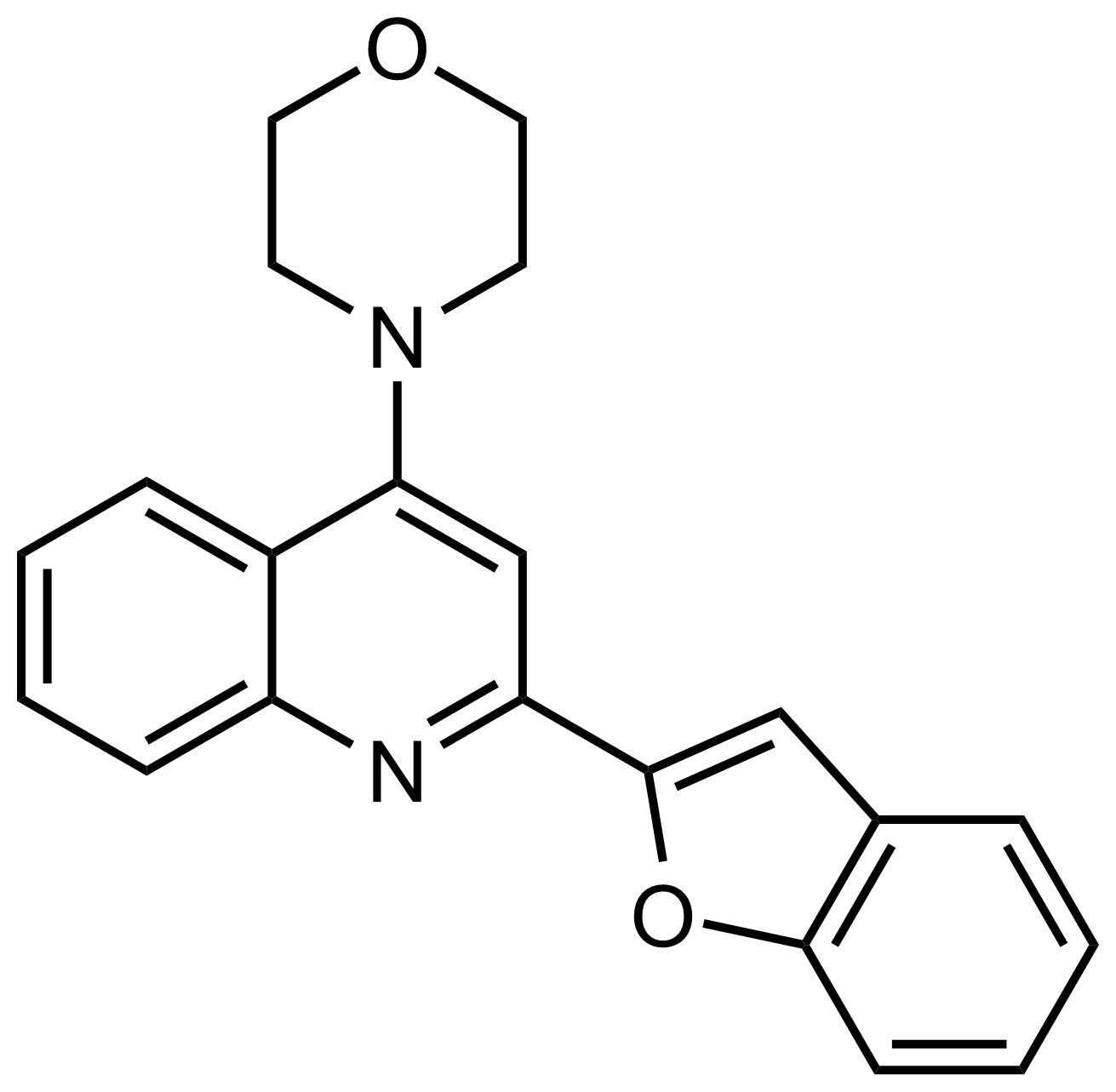 | N/A | GEO-03294 |
